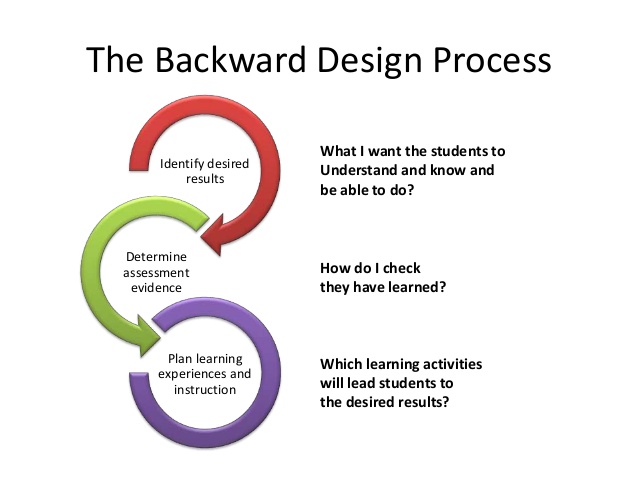Course Design
Highlights
- Guided by Quality Matters (QM) Standards
- Driven by Instructional Design Theories and Methodologies
- Produced over 600 technology and remote pedagogy training webinars and workshops since Spring 2020
- Supporting 450 faculty during Covid-19 transition
Quality Matters (QM) Standards

As online learning courses continue to grow, the need for quality standards has become critical. CLU utilizes Quality Matters (QM) standards to guide the course design process. Quality Matters (QM) is a nationally recognized, faculty-centered, peer review process designed to certify the quality of online courses. Today, QM is considered the gold standard for online course design, advancing quality assurance practices in teaching and learning.
How Long does it Take to Design an Online Course?
Designing an online class that meets CLU's and Quality Matters (QM) standards takes between 6 and 13 months. An example timeline is provided below.
Backward Design Process and Alignment
In the past, teachers planned assessments and activities first, and then created the
learning outcomes last. Now we know that the very first step in effective course design
is to create the Student Learning Objectives (SLOs). SLOs are objectives students
will meet each week that align with the Course Learning Outcomes in your syllabus.
This model is known as Backward Design. The backward design model begins with the
end – the desired results, or outcomes. After creating the Student Learning Objectives,
the next step is to determine acceptable assessments. This is followed by planning
the learning experiences and instruction.

Backward Design Video
Designing Your Online Course Using Course Design Map
Transitioning your traditional in-person course to an online format can be challenging, but thorough planning is essential for success. A valuable tool for this process is the Course Design Map, widely used by the Digital Learning team, especially when assisting instructors new to creating fully online courses. This tool is equally beneficial for those preparing to teach remotely.
The foundation of the Course Design Map lies in a strategy known as "backward" or "intentional" course design. This approach prioritizes student learning by ensuring that all course elements are in harmony with the learning goals. Utilizing the Course Design Map, instructors can systematically organize each module. This involves setting clear learning objectives and selecting appropriate readings, lectures, materials, activities, assessments, and forms of student interaction.
Digital Learning uses Qualiyty Matters Standards/Rubric for quality assurance in course design. Unique to the Quality Matters (QM) Rubric is the concept of Alignment. This occurs when critical course components — Learning Objectives, Instructional Materials, Learning Activities and Learner Interaction, Assessment and Measurement, and Course Technology — all work together to ensure students achieve desired learning outcomes. Course mapping is a process that identifies these components in order to improve communication and instruction.
Click Here to Download: Course Design Map
Universal Design for Learning
Universal Design for Learning (UDL) is a framework to improve and optimize teaching and learning for all people based on scientific insights into how humans learn. To learn more about UDL, check out the video below.
Assessments in Online/Blended Course
Generally speaking, methods of assessing students' learning in an online or blended course should not change as learning goals for the students stay the same in such a course. Therefore, stay firm with your current assessments for students' learning that already exist for the course. Often times, you can find the right technology to implement the assessments in the onine or blended course.